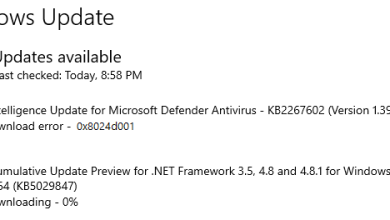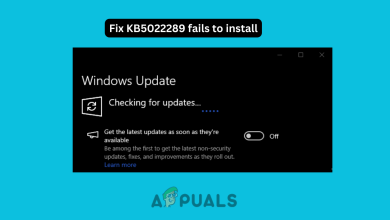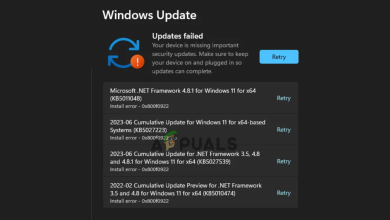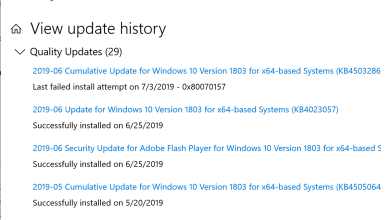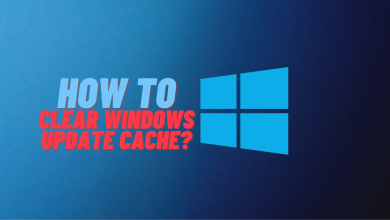How to Fix “KB5021089” Security Update Failed to Install?
KB5021089 is a security update for Windows 10, addressing a .NET Framework vulnerability that may lead to remote code execution. Installation issues may occur on certain systems due to third-party program interference with Windows Update.
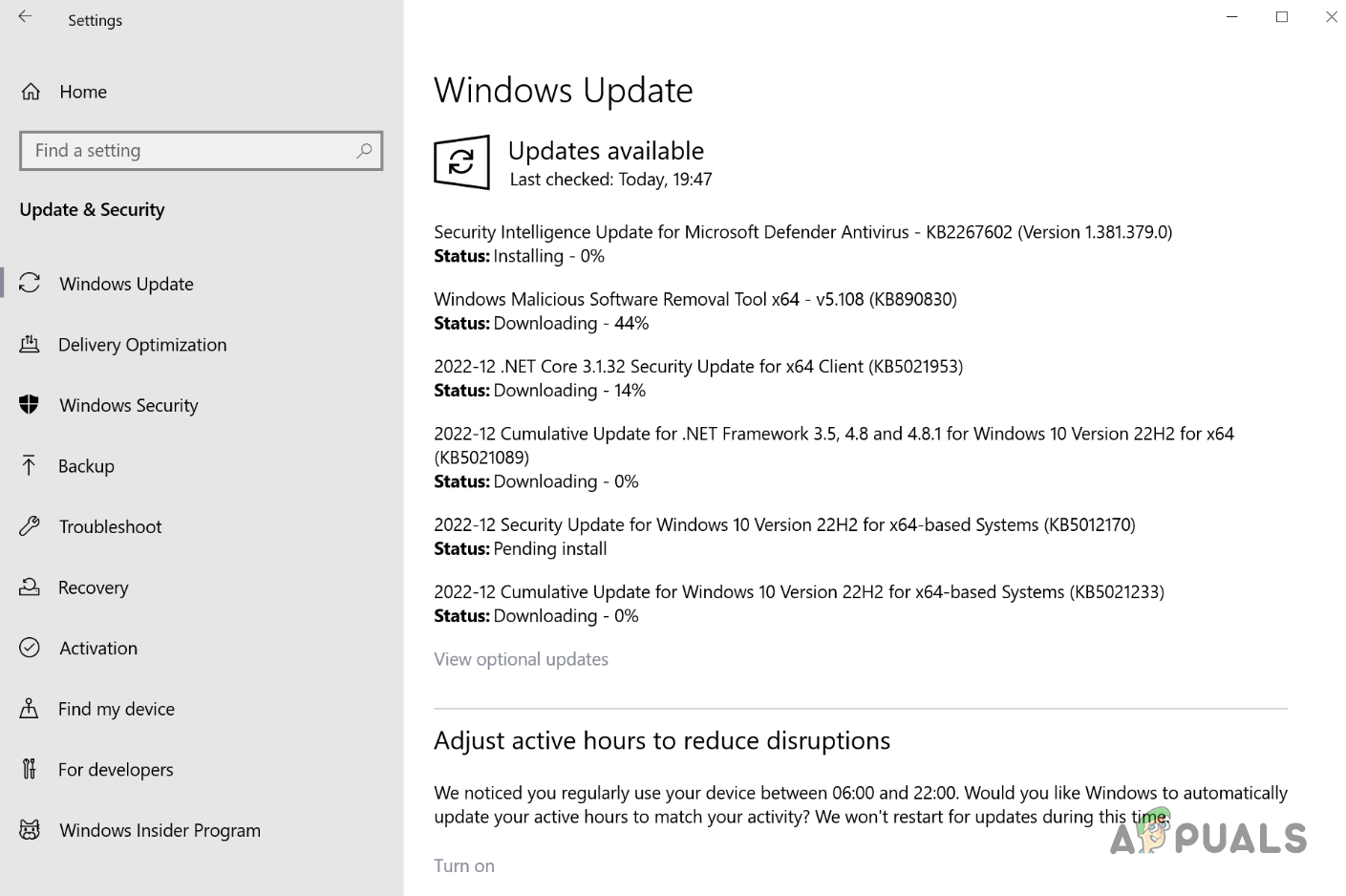
Since the update is mainly targeted at the .NET framework, there are various ways you can go about installing it, in case the traditional method does not work. In this article, we will show you how to install KB5021089 on your system with a few potential fixes and manual alternatives.
The KB5021089 update comes in two parts: KB5021089 for .NET version 4.8 and KB5020881 for .NET version 4.8.1. If you see a message saying the update is not applicable, don’t worry. This happens when you’re not using either of these .NET framework versions, so the update is unnecessary.
With that in mind, let’s proceed to successfully install KB5021089.
1. Disable Third-Party Security Program
To address KB5021089 installation failure, first disable third-party security software on your device. This often occurs due to third-party antivirus programs, causing Windows updates to fail.
To proceed with the Windows update, temporarily disable your antivirus program. After the update is installed, re-enable the antivirus without any problems.

2. Check Windows Update Services
Another factor to consider is the Windows update services on your system, responsible for downloading and installing updates. Ensure that the Background Intelligent Transfer Service (BITS) and Windows Update services are running in the background.
You can easily do this through the Services window. Follow the instructions below:
- First, open the Run dialog box. You can press the Win key + R shortcut to do so.
- In the Run box, type in services.msc and press Enter.
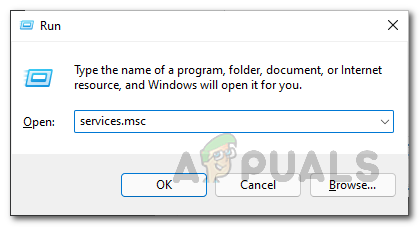
Opening Windows Services - This will open the Services window.
- Now, from the list of services, locate the Windows Update service.
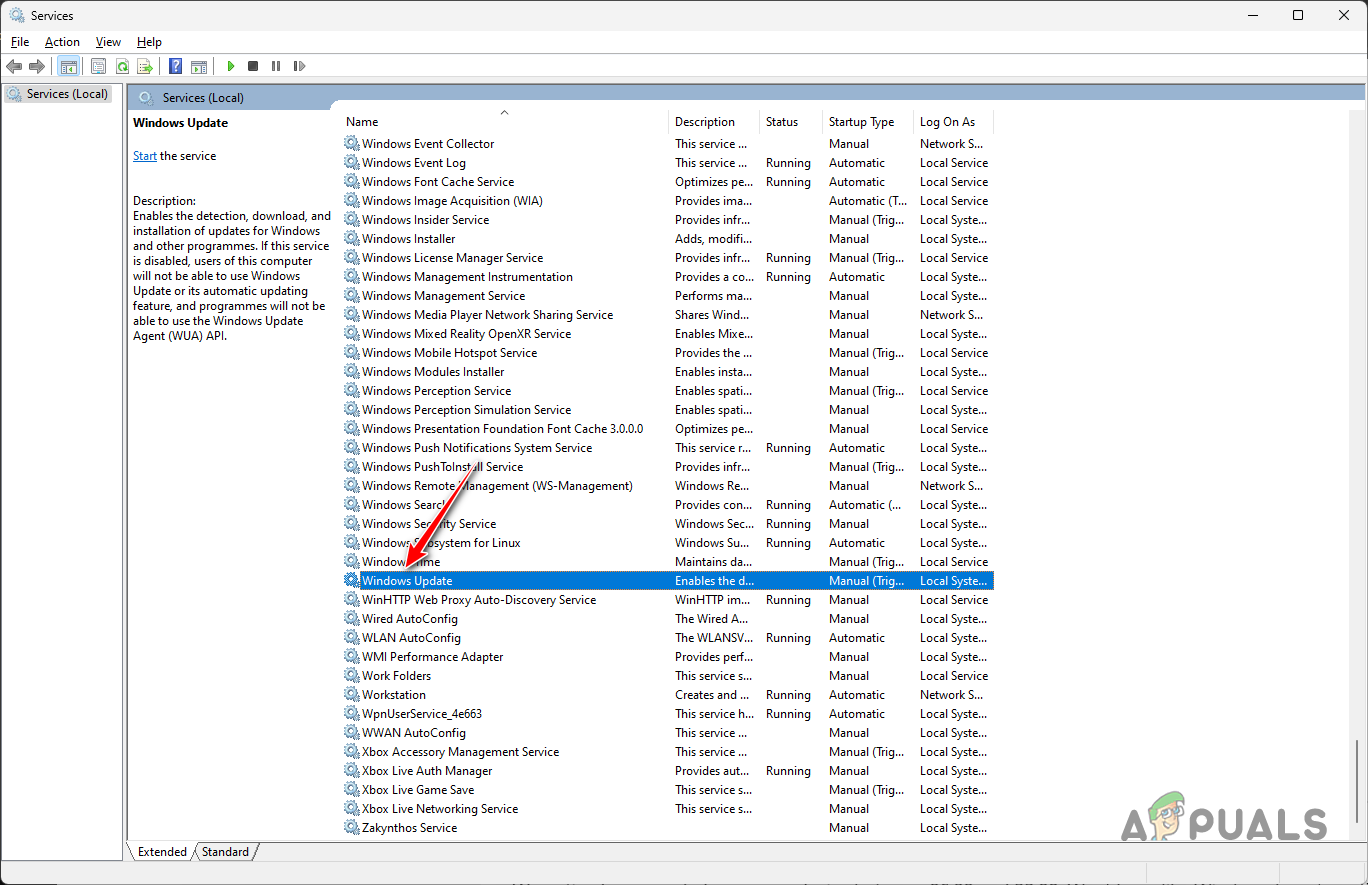
Windows Update Service - Then, double-click on the service and set the Startup type to Automatic.
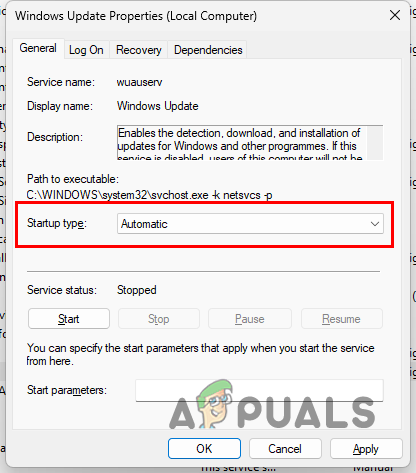
Changing Startup Type - If the service is already running, restart the service by clicking Stop and then Start.
- Click Apply and hit OK.
- After that, repeat the same process for the Background Intelligent Transfer Service process.
- Finally, check if the update goes through without any trouble.
3. Manually Install the Latest .NET Framework
You can manually install the latest .NET Framework version on your computer, achieving the same goal as Windows Update KB5021089, which specifically affects the .NET Framework.
There are multiple installation methods available, including using the Windows Features menu for automatic installation or Microsoft’s web installer. We will guide you through both methods.
3.1. Via Windows Features
- First, open the Control Panel app by searching for it in the Start Menu.
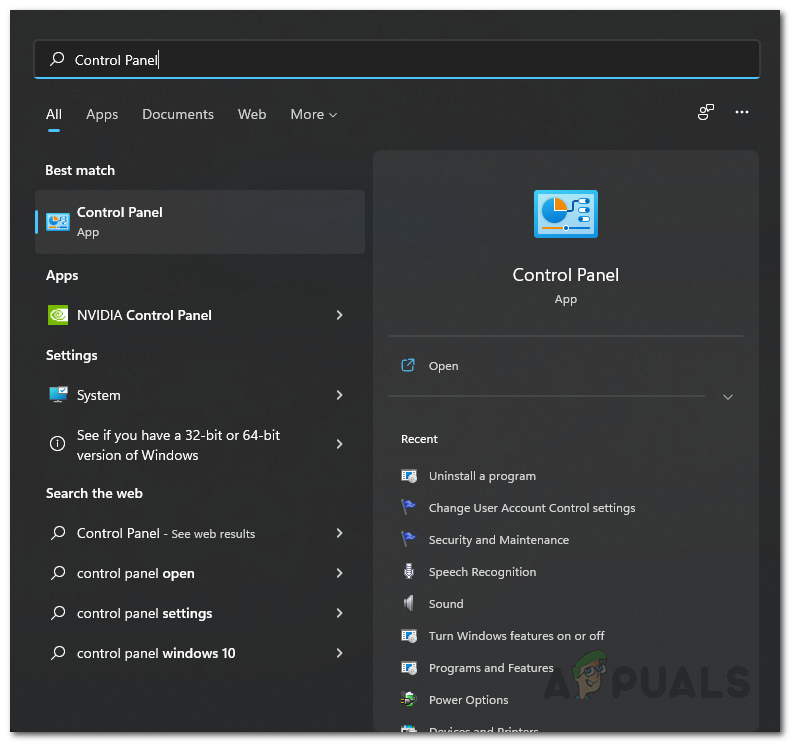
Opening Control Panel - Then, click the Programs option.
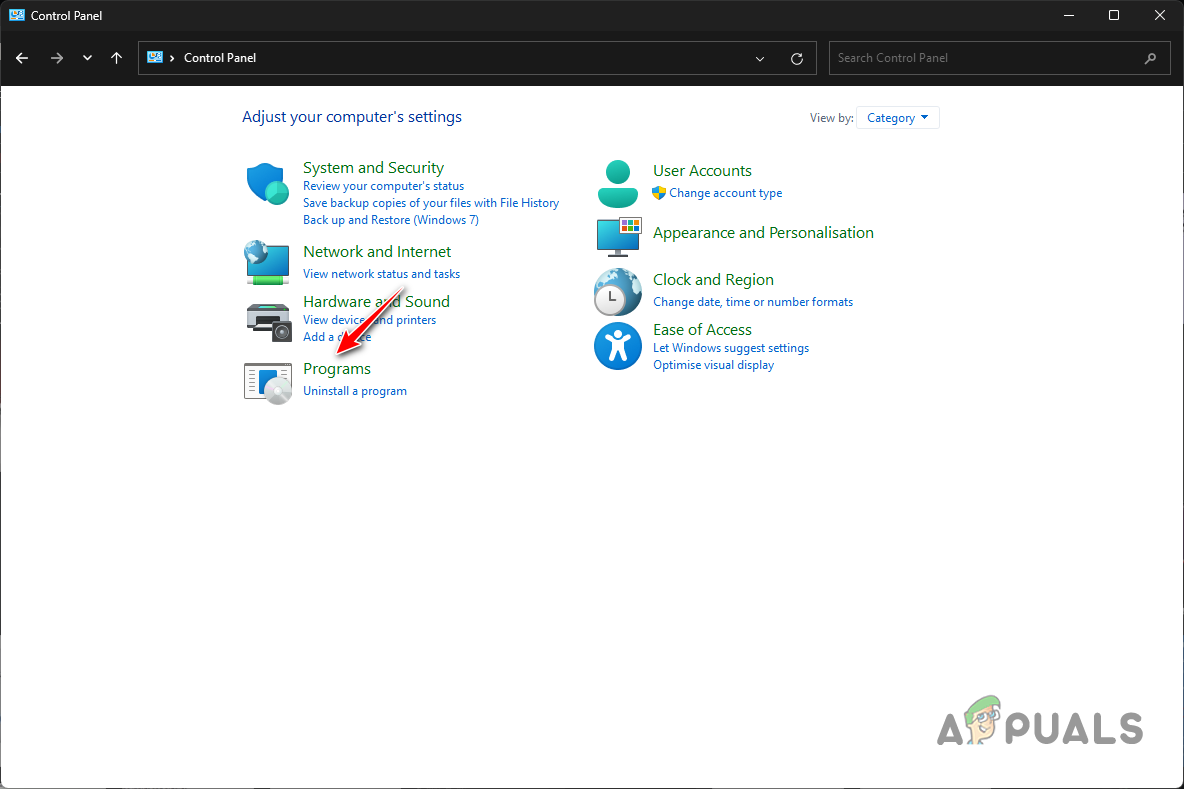
Navigating to Programs - After that, click the Turn Windows Features on or off option.
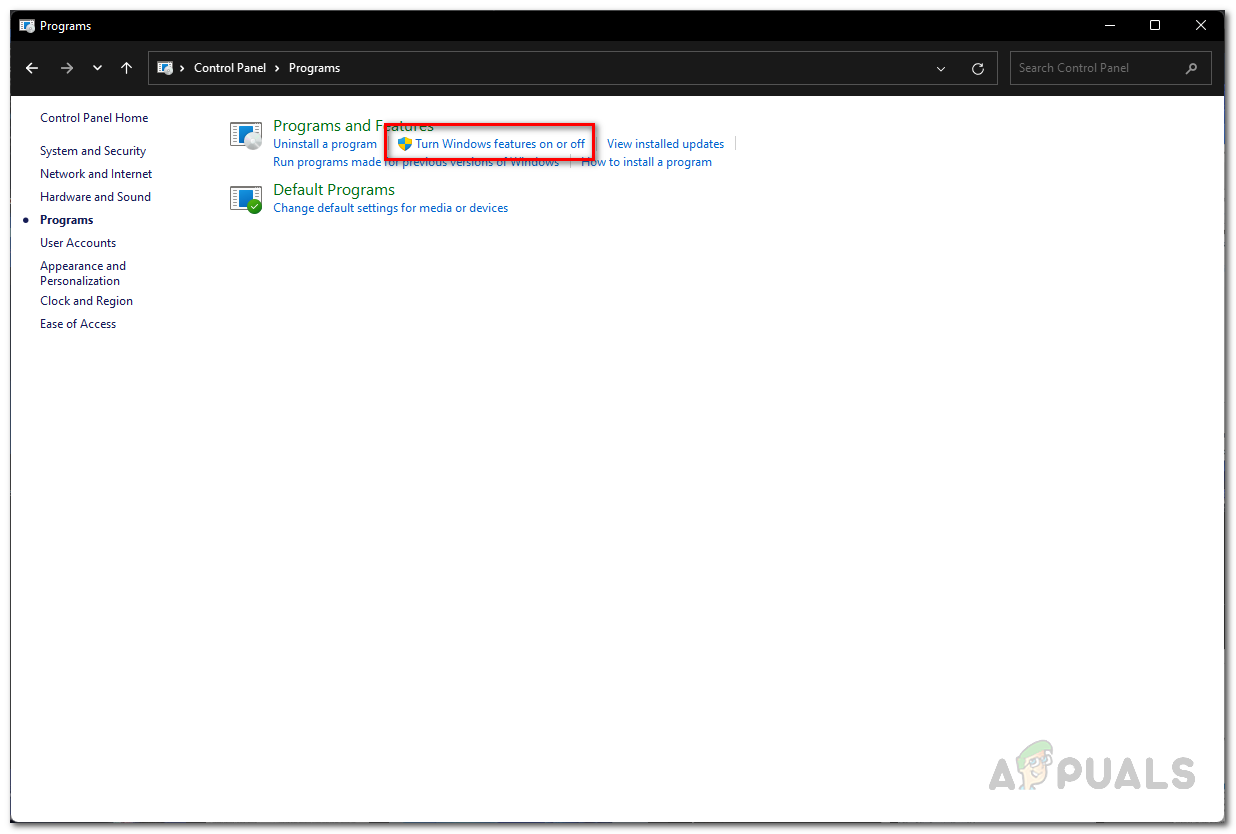
Opening Windows Features - In the Windows Features menu, select the .NET Framework options and click OK.
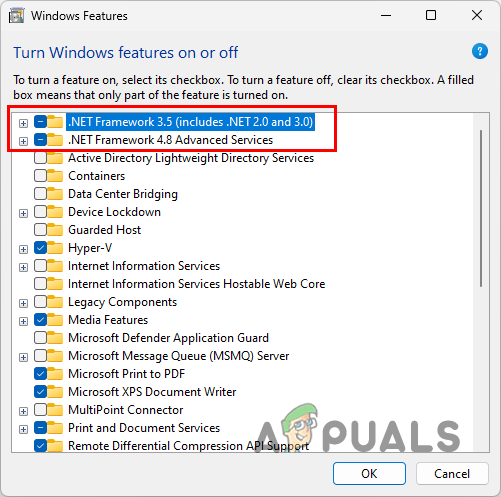
Installing NET Framework - This will force Windows to automatically install the features on your PC.
3.2. Via Web Installer
- Open the official download page for .NET Framework by clicking here.
- Then, select the .NET version 4.8 and 4.8.1 respectively.
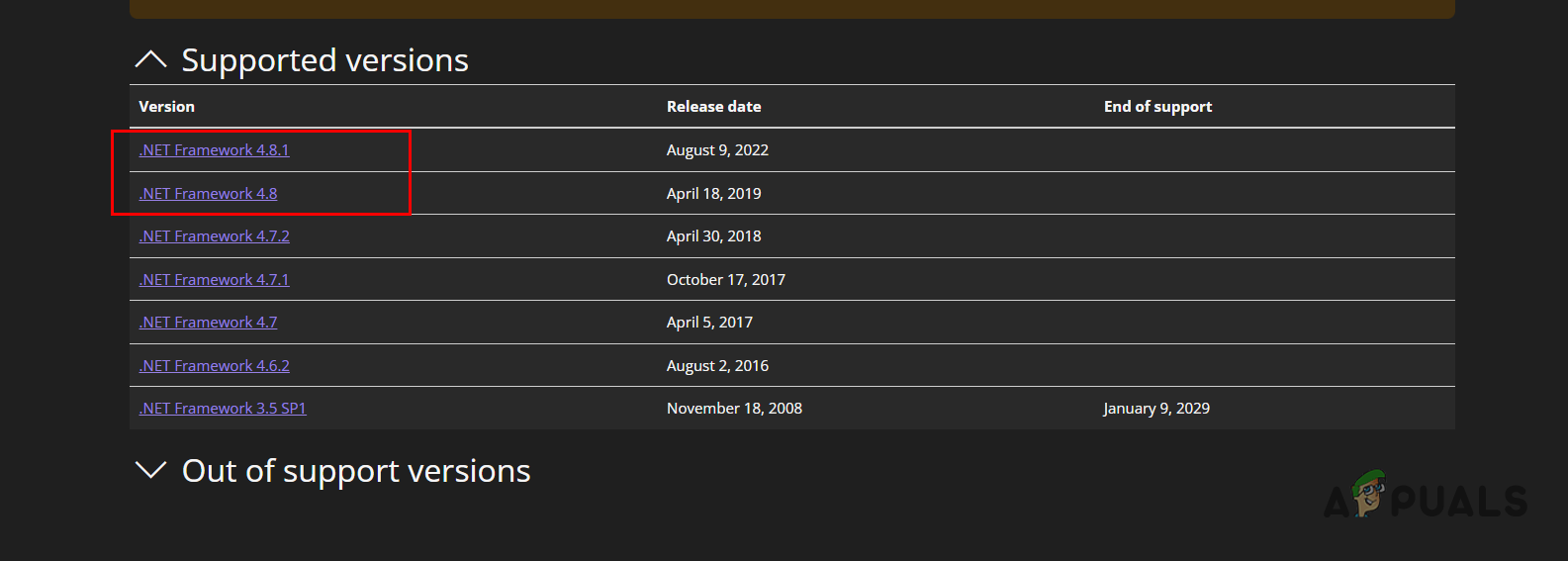
NET Framework Versions - After that, click the Runtime option for Web Installer.

Downloading Web Installer - Run the downloaded file on your system to go through the installation.
4. Manually Install KB5021089 Update
You can manually download and install Windows updates from the online catalog, including the KB5021089 update.
Follow the instructions below to do this:
- First, open the Windows Update Catalog by clicking here.
- Then, paste KB5021089 in the search field and click Search.

Searching for KB5021089 Update - From the results shown, click the Download button for the KB5021089 update that corresponds to your PC architecture.

Downloading KB5021089 Update - Finally, run the downloaded file on your system to install the update.
5. Perform In-Place Upgrade
If other methods fail, consider an in-place upgrade with the KB5021089 update. This will bring your system to the latest Windows version without data loss.
To perform an in-place upgrade:
- First, open the official Windows 10 download page from Microsoft by clicking here.
- Then, click the Update now option to download the Windows 10 Update Assistant.

Downloading Windows 10 Update Assistant - Finally, run the downloaded file to open the Windows 10 Update Assistant.
- Wait for the program to check for any available updates and then go through the prompts to complete the process.
You should be able to install the KB5021089 update on your computer with these methods. This is a security update that is essential for your system to ensure it is secure and not exposed to any attacks from the outside.
